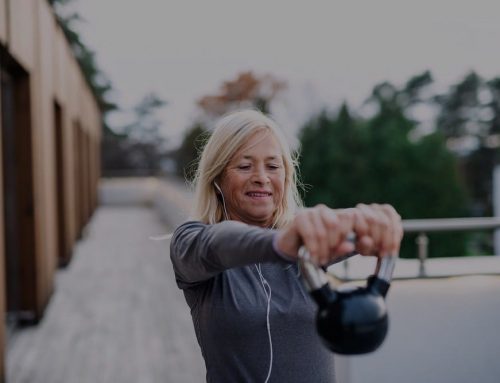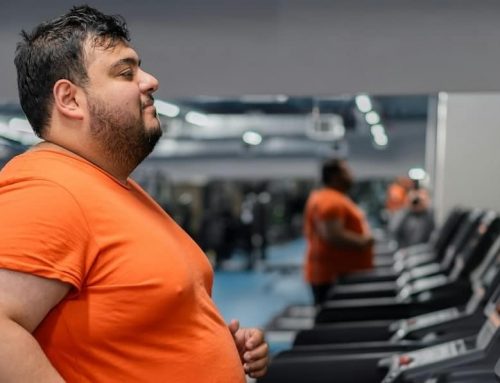
A Simple Exercise to Learn Mindfulness
Mindfulness is intentionally living with awareness in the present moment (waking up from automatic behaviors to participate and be present to our own lives), without judging or rejecting the moment (noticing consequences, discerning helpfulness and harmfulness—but letting go of evaluating, avoiding, suppressing, or blocking the present moment), and without attachment to the moment (attending to the experience of each new moment, rather than ignoring the present by clinging to the past or grabbing for the future).
Mindfulness skills are the specific behaviors to practice that, when put together, make up mindfulness.
Mindfulness means paying attention in a particular way: on purpose, in the present moment, and non-judgmentally.
Automatic Pilot: The opposite of Mindfulness
In a car, we can sometimes drive for miles on “automatic pilot,” without really being aware of what we are doing. In the same way, we may not be really “present,” moment by moment, for much of our lives: we arrive at an emotion, though, or situation, without really knowing where we are or how we arrived there. Most of the time we get away with being only partially conscious like this – it may even be encouraged in forms of multi-tasking and “tuning out” to get the job done. But what you are missing may be more important than you realize.
This may cause us to miss out on some of life’s most precious moments – sunsets, connecting with people we love, the leaves changing. But on automatic pilot, we don’t just miss out on beautiful moments. When mindless ness dominates, all our decisions, emotions, and actions are affected by it. Lack of awareness can keep us from being in touch with our own body, warning signs of a mood state, and our emotions (and the signals they send us). It can keep us from being present in our relationships and reading another person’s reaction. It can lead us to read our thoughts as facts. These together lead us to put thoughts and instant reactions in charge of our mind — instead of letting our minds take the lead. Therefore, autopilot is like walking through a room with the lights off. You may still get across, but it will likely be filled with obstacles you could easily avoid with the lights on.
Emotions (like anxiety, anger, and depression) are made more intense by thoughts, sensations, and reactions that occur when on “automatic pilot.” Mindfulness can serve to “turn on the lights,” can aid you in becoming more aware of your emotions, triggers, and warning signals so you can make appropriate adjustments. Regular practice of a mindful stance also allows the observance of thoughts as just that – thoughts – and reduces their influence over mood. Finally, mindfulness may allow you to “tune-in” to positive experiences that act as a protective factor in managing emotions, thoughts, and behaviors.
STOP: A Simple Mindfulness Tool
Stop (doing, and just be)
Take a breath (a “deep” low breath: in, slowly; out, even slower), repeat 2 more times
Observe (thoughts, emotions, or do a 3X3: 3 things you see, 3 things you hear, 3 things you feel physically — sensations)
Proceed with awareness
Daily Mindfulness Exercises
At least once a day (maybe in the morning, and/or before going to bed), try conscious breathing for a few minutes. As you become more comfortable, increase your time by another minute, or try to do it more than once in a day. Notice how you feel during and after.
Try to become mindful or conscious of your breathing. Sit comfortably in a chair, with your feet on the floor and your hands on your lap or resting on the chair, or sit comfortably on the floor. If you are comfortable enough to close your eyes go ahead and try; otherwise fix your gaze downward on something a few feet away from you. Relax. Begin to take some long, slow deep (low) breaths, inhaling very slowly and exhaling even more slowly.
Notice your breath going in and out. Be aware of each breath moving your chest up and down. You can try putting one hand on your belly, and breathe deeply enough so that your belly rises when you breathe in and falls when you breathe out. (This is because your diaphragm, the network of muscles that control the movement of your lungs, is pulling air all the way in and pushing it all the way out). Breathe this way several times, feeling your belly rising and falling, the air passing in and out through your body. This is mindful or conscious breathing. Do it any time to bring yourself to a more mindful and a more relaxed place.







